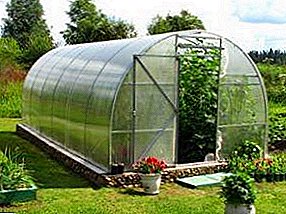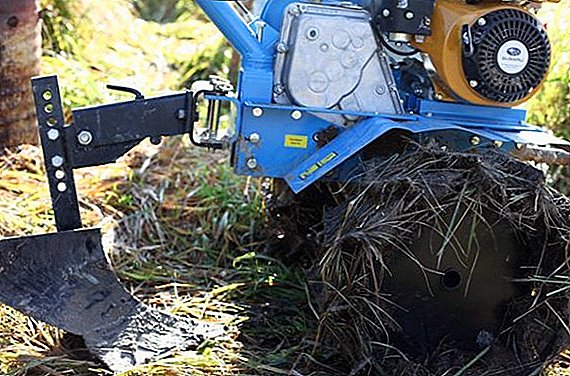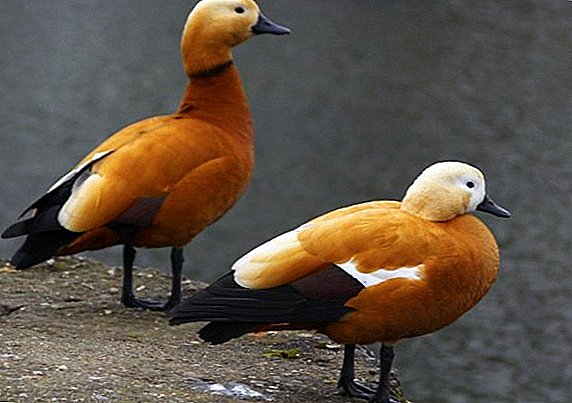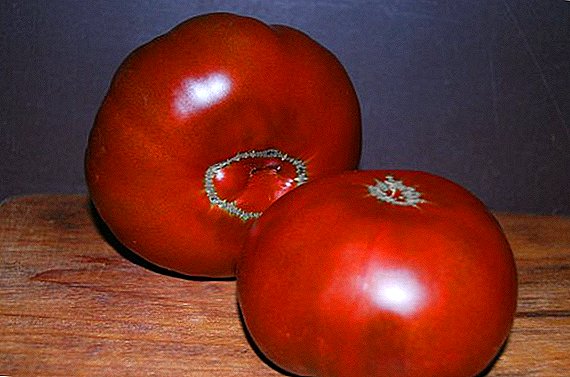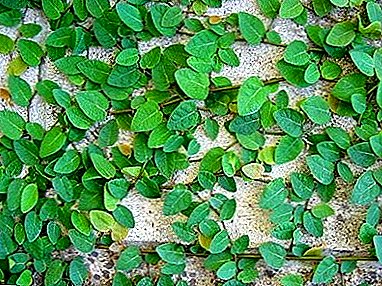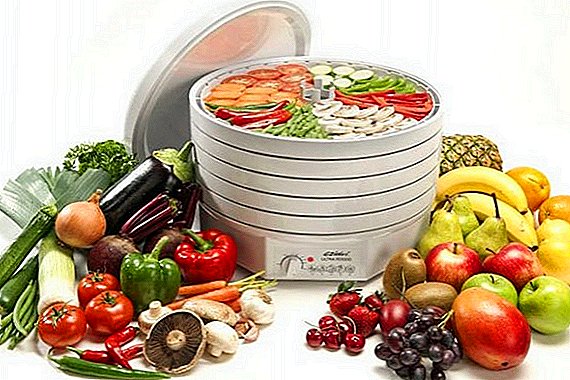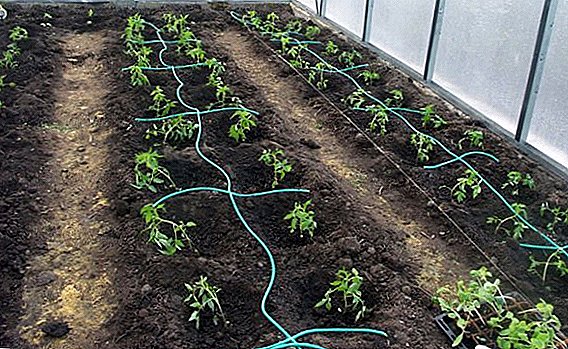 The method of drip irrigation is used for industrial purposes since the sixties of the last century.
The method of drip irrigation is used for industrial purposes since the sixties of the last century.
Thanks to the positive results, which were noted after a short application of drip irrigation, it quickly spread and became popular in many countries around the world.
Benefits of drip irrigation
If we compare sprinkling and drip irrigation, the latter is based on the metered intake of fluid to the root part of the plant, and the frequency and level of the fluid can be adjusted, they depend on the needs of the plant. 
The advantages of drip irrigation in comparison with other methods are:
- Maximum soil ventilation. The device allows you to retain moisture in the soil to the extent that is necessary for the plant. In this case, it allows the roots to breathe unhindered during the whole vegetation process.
- Active root development. This method allows you to speed up the process of development of the roots of the plant, when compared with other methods of watering. Most of the root system is located in the location of the irrigated device, which contributes to the development of root hairs, and also allows you to increase the amount of absorbed minerals.
- The best absorption of fertilizers. Since nutrients are applied to the root area at the site of irrigation, this allows plants to quickly and intensively absorb mineral and organic fertilizers. This method of dressing is considered the most effective, especially during a drought.
- Plants are protected. If we compare this method with sprinkling, then in the process of drip irrigation, the deciduous part of the plant does not become wet. This helps reduce the likelihood of developing diseases, and the treatment, which was carried out from diseases and pests, is not washed off the leaves.
- Prevents soil erosion. Such a device can be used to care for plants growing on the slopes, without the need to construct special protrusions or pour soil.
- Efficiency.
- Minimum labor costs. The device is completely autonomous, and you do not need to put a lot of effort to get a high-quality and large crop.

Important! The way is cheaper than the others, since it is carried out moisturizing only the root part of the plant, no loss from peripheral runoff and from the evaporation of the liquid.
What is the system of drip irrigation?
The drip irrigation system is limited to:
- Valves that allow adjustment of fluid supply.
- The counter allowing to measure amount of the used liquid.
- A system of sand and gravel, disk, mesh filters that have a complete set of manual or automatic control of flushing.
- The node, through which the feeding is done.
- Controller.
- A reservoir for concentrate.
- Piping system.
- Drip lines, droppers.

Did you know? One of the first countries that began to actively implement the irrigation system was Israel. This happened solely because of the incentives to save water, which in the 1950s was in short supply in this country.
Types of irrigation systems without your participation
There are a large number of drip irrigation systems, so consider the most popular and effective types of them.
"Aquadus"
“Aquadusia” is an automatic microdrop irrigation system for greenhouses, which autonomously performs the entire irrigation cycle:
- independently fills capacity to the level established by you;
- heats the water in the tank under the influence of the sun;
- starts watering with heated fluid according to the set schedule;
- carries out the process of gradual moistening of the soil, which may be adjusted depending on the required duration and speed;
- suspends irrigation.

"Beetle"
The name "Beetle" this device has received due to the fact that droppers are arranged in the form of beetle legs. Smaller pipes deviate from the main ones, which refers the design to the most common type in drip irrigation systems.
Due to its simplicity, the system has a low price and is easy to install. "Beetle" is used for greenhouses and greenhouses, has different variations, which differ in the method of water supply.
When using the "Beetle" in greenhouses, you can water about 60 bushes or an area of 18 square meters. In the case of greenhouse use - up to 30 bushes or an area of 6 square meters.
There is a complete set of "Beetle", which must be used exclusively with the presence of water supply.
An electric timer is built into it, and such a device is best used for caring for radishes, carrots, beans and other plants that prefer “cold” watering.  Another variation of the device is connected to the container, such a device does not have a timer. A feature of the device is the presence of a special fitting that allows you to attach the "Beetle" to the tank with water.
Another variation of the device is connected to the container, such a device does not have a timer. A feature of the device is the presence of a special fitting that allows you to attach the "Beetle" to the tank with water.
Recently, the market began to sell an automated "Beetle", which easily connects to the tanks with liquid. The peculiarity is that the system independently controls the process of hydration.
You can use the "Beetle" in a large area, for this you need to buy a kit that will allow you to use the system, covering large areas. For this, the manufacturer has equipped the device with thin hoses, tees, droppers and screens.
Learn about all the subtleties of watering cucumbers, garlic, tomatoes, peppers, eggplants in the greenhouse.
"Clip-36"
"Clip-36" is a hydro-automatic system with a pulse-local irrigation, which is used for greenhouses and greenhouses, when their territory is no more than 36 square meters.
The kit is equipped with two independent functional parts: a cumulative tank - a siphon, as well as a distribution network.  Siphon is needed in order to accumulate fluid in the tanks, it will come from barrels or plumbing.
Siphon is needed in order to accumulate fluid in the tanks, it will come from barrels or plumbing.
When the liquid reaches a certain level, the irrigation system starts drip work independently, while it drains the excess water into the distribution network, so it is very convenient to use it for greenhouses.
Each water discharge is accompanied by the accumulation of liquid in the container; this process is cyclical.
Distribution network refers to branched pipeline networks that have special openings - water outlets, which allow the irrigation process to be carried out simultaneously and evenly.
"Clip-36" differs from other devices in that it is characterized by a pulsed mode of operation, it is characterized by an increased throughput section of water outlets, reduced clogging and an increased ability to transmit a liquid.
The fluid passing through the water outlet is not characterized by a constant, but by a pulsed mode, which is accompanied by the release of small streams of water for 2 minutes.  At this stage, about 9 foci of the moistening process are formed, which help the soil to absorb water evenly. This feature of irrigation allows the introduction of soluble fertilizers in combination with liquid.
At this stage, about 9 foci of the moistening process are formed, which help the soil to absorb water evenly. This feature of irrigation allows the introduction of soluble fertilizers in combination with liquid.
Pulsed-local irrigation is characterized by low intensity and duration of exposure to the soil, allowing to maintain soil moisture at 85%. This fact of moisture is optimal for plants.
The processes that occur in the soil, do not cause stress to the plants and do not bear the destructive nature of the soil structure.
The main advantage of the Klip-36 greenhouse drip irrigation system is that it is not equipped with moving and rubbing parts, such as valves, actuators and other mechanisms.
Since there is no any electronics, a long and reliable operation of the system is ensured. 
"Signor Tomato"
"Signor Tomato" is used as an automatic device for irrigation. The system is completely automated due to the presence of the battery, which is included in the kit and is operating from sunlight.
Did you know? The first solar panels were created in 1954 by Bell Laboratories. Thanks to such batteries, it was possible to obtain an electric current, which was the impetus for the active introduction of these elements as environmental energy sources.Today, the system "Signor Tomato" is considered the most optimal and modern, unlike other systems.
At the bottom of the tank is a pump that pumps water. Included is a console, which sets the necessary parameters, including the frequency and number of irrigations per day, as well as their duration.
At the set time, the pump starts pumping water, and the irrigation process takes place. Automated device can be used by people who can not constantly control the process of watering plants.  Fertilizer can also be added to the irrigation fluid, making it easier to take care of the plants.
Fertilizer can also be added to the irrigation fluid, making it easier to take care of the plants.
To increase the area of irrigation, it is recommended to purchase an extended set of "Signora Tomato". The maximum number of irrigated plants ranges from 60. Each plant takes about 3.5 liters of water per day.
Learn how to choose a foundation for a greenhouse, a thermal actuator, a film (reinforced), a shading net, and also how to make heating and a warm bed.Among the advantages of the device are the following features:
- There is no need to install a barrel with water above the ground and to make a hole in the barrel to install a crane, because the system has a pump that pumps the water on its own and controls the required pressure.
- The solar battery allows you to work in a completely autonomous system, it does not need to change batteries or batteries, unlike some other irrigation systems.
- Hoses are comfortable enough to place them in problem areas.
Drip irrigation systems for the greenhouse do it yourself
The best option to make a device for self-irrigation is to buy a watering kit, which will contain hoses, a filter, and droppers. They need to separately purchase storage capacity and controller. Before you do drip irrigation greenhouses yourself, you must first develop a scheme for how the plants will be planted. The optimal distance between the rows is about 50 cm.
Depending on how many rows there will be, the length of the drip hoses is also calculated. When the area for drip irrigation is planned out, it is necessary to begin the installation process; for this, a storage tank is installed on an elevation of about 2 m.
Water can warm up in two ways: first, it is heated by direct sunlight, while watering will be done in the evening, the second way is to install a heating element in a water barrel.
The second method of heating water can be resorted to only if a large amount of water is used and the injection process takes place from a well.
Next, the process of connecting the system to the barrel, where the liquid will accumulate, and the trunk polyethylene or rubber pipes, which are located in the watering set, are laid down.
A drip tape is connected to the pipe and diluted at irrigation points.  If the kit does not contain filters, then you need to buy them yourself.
If the kit does not contain filters, then you need to buy them yourself.
Important! If you install drip irrigation that will not be cleaned, clogging will occur very quickly and the system will become unusable.The final stage of mounting the system consists of mounting plugs in drip tapes, which consists in cutting and twisting the ends.
There is also a cheaper method of drip irrigation with your own hands, which consists of ordinary medical droppers.
If you decide to buy a dropper at a pharmacy, then this method will be more expensive than purchasing a ready-made drip irrigation system, so for maximum savings you are advised to go to the hospital where a large amount of used material is discharged daily.
Installation of a homemade system is made in the same way as the purchase, but hoses that are laid out on the perimeter, after installation, are punctured with an awl, into which plastic droppers are inserted into the hole.  Thanks to the adjustable element, which is located on the drip, it is possible to control the amount of water and the frequency of irrigation by adjusting the system manually.
Thanks to the adjustable element, which is located on the drip, it is possible to control the amount of water and the frequency of irrigation by adjusting the system manually.
How to calculate the volume of cumulative capacity
The volume of the tank, which must be used for drip irrigation, is calculated in a rather simple way. For this, the area of the plot that is planned to be irrigated is multiplied by 20 liters - exactly this amount of liquid will be needed to moisten 1 square meter of territory.
Important! The calculated amount of liquid in the barrel will be enough to produce a single (day) drip irrigation.Consider a more detailed calculation example.
If a greenhouse with dimensions of 10 m by 3.5 m, then the area of the greenhouse will be 10 m x 3.5 m = 35 square meters. Next, you need to multiply 35 square meters by 20 liters, and you get 700 liters.
The calculated result will be the volume of the tank, which must be purchased for a drip irrigation system. 
Automate or not?
Of course, the automatic process of drip irrigation will significantly save your time and facilitate the procedure of soil moistening in the greenhouse.
It is worth noting that it is worth automating the irrigation process only if you have a constant source of fluid supply.
Therefore, after weighing all the pros and cons, you should decide on the automation of the irrigation process, based on personal preferences and possibilities.
It should be borne in mind that the automation of the process will require the purchase of additional elements to the drip irrigation system, which will increase the cost price of the device, but at the same time simplify the process of caring for plants.
How to make automatic watering
In order to automate the self-installed drip irrigation system, you need to purchase a controller that allows you to open the fluid supply to the installed pipeline.  Install the controller immediately after the filter.
Install the controller immediately after the filter.
Thus, it can be noted that there are a lot of drip irrigation systems on the market for every taste and budget, so there is something to choose from. It is much cheaper to build such a system at home, given that this process is not complicated and does not require special skills.
Therefore, it is up to you to choose: buy a ready-made device, overpaying a certain amount, or spend time and build a cheaper option for drip irrigation.



